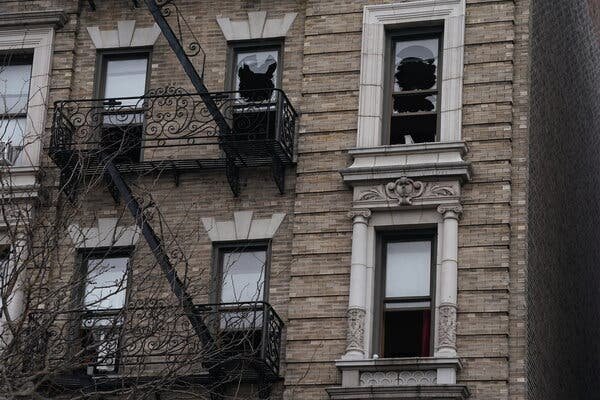New York City is shutting down two dozen shelters by the end of March, including the family shelter at Floyd Bennett Field in Brooklyn. The closures are part of a plan to consolidate shelters and improve management. The city has seen a decline in migrants in shelters and credits efforts such as time limits on stays and case management for the decrease. The closure plan does not include the Hall Street megashelter in Brooklyn, where neighbors are pushing for a reduction in size. The city also plans to phase out the migrant shelter system by transferring control back to the Department of Homeless Services by the summer of 2026.
New York City is set to close down two dozen shelters across the five boroughs and beyond by the end of March, as announced by city officials. Among these closures is the family shelter at Floyd Bennett Field in southern Brooklyn, which is expected to be relocated by January 15. The decision to close the shelter was influenced by concerns regarding the incoming Trump administration and possible changes in federal policies.
The closure of Floyd Bennett Field is part of a larger plan to shut down a total of 24 shelters, including locations in upstate New York. The decrease in the number of migrants living in city shelters has been attributed to various factors, including stricter border controls and the implementation of time limits on shelter stays.
Mayor Eric Adams praised the Biden administration for its role in reducing border crossings and highlighted the city’s effective management strategies in addressing the migrant crisis. The closures are seen as a cost-saving measure and a way to consolidate resources more efficiently.
While some shelters are being closed, the Hall Street megashelter in Brooklyn, housing around 4,000 people, remains operational. There are ongoing discussions about potentially reducing the size of the shelter and exploring options to improve the living conditions for residents.
In addition to the shelter closures, city officials are making plans to phase out the migrant shelter system and transfer control back to the Department of Homeless Services by the summer of 2026. The details of this transition are still being finalized.
Overall, the city’s efforts to manage the migrant crisis and streamline shelter operations are aimed at improving efficiency, reducing costs, and ensuring better outcomes for those in need of housing assistance.
Source: TheCity.NYC









